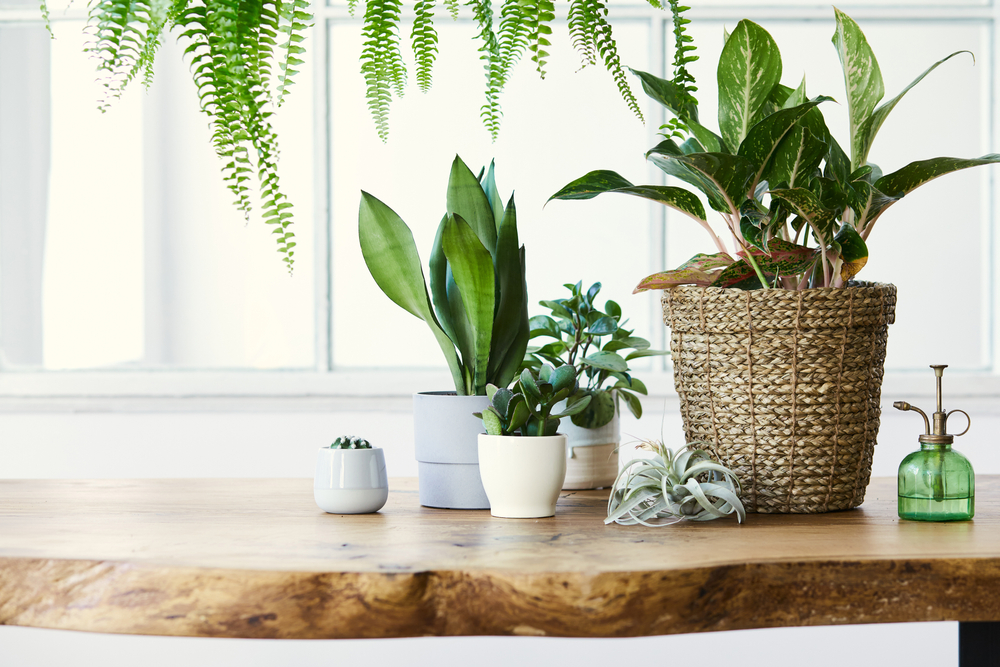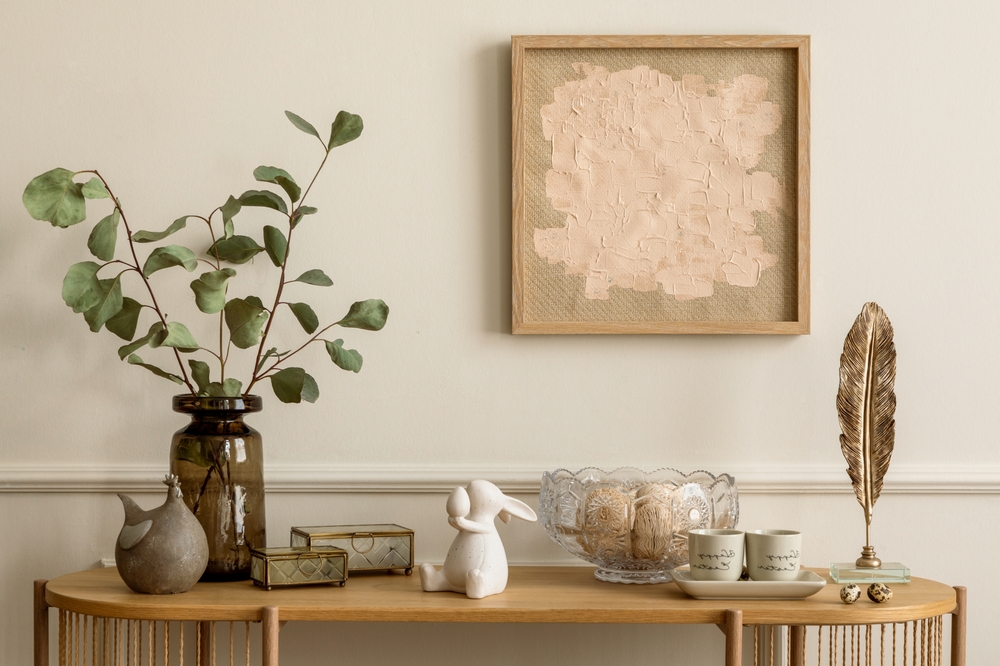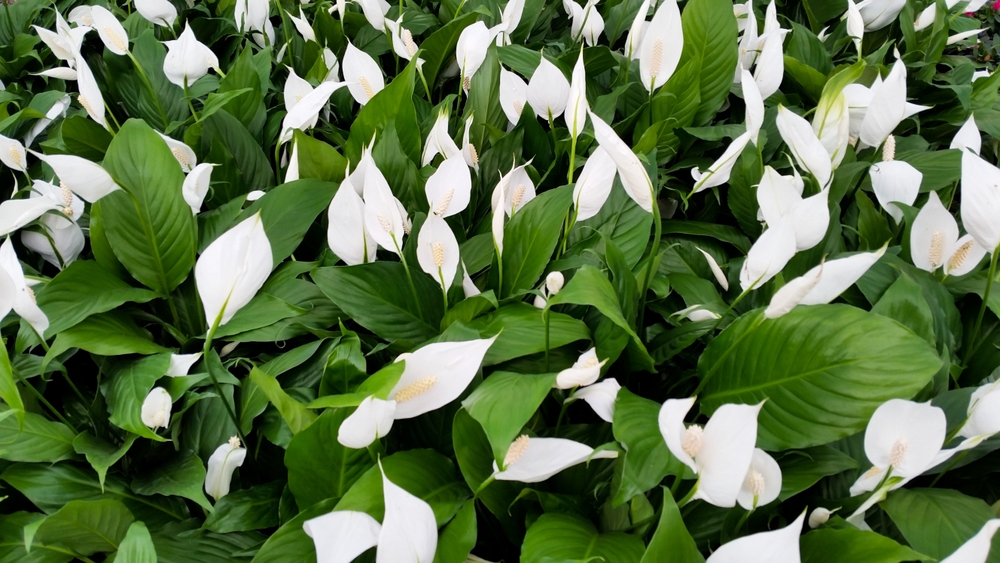Imagine a plant that not only brightens your space but also acts as a natural air purifier, mood booster, and stress reliever—all while requiring minimal care.
Meet the Peace Lily: a powerhouse of greenery that delivers nearly 10 benefits in a single, elegant package. Whether you’re a seasoned plant enthusiast or just starting your indoor garden, this versatile plant is more than just a pretty face.
Jo, founder of Beards & Daisies and author of the houseplant guide ‘The Unkillables‘ sheds light on the benefits from this one single plant.
Air Purification
- Removes Toxins: Peace Lilies are effective at filtering harmful toxins like benzene, formaldehyde, trichloroethylene, ammonia, and xylene from the air. These are commonly found in household items such as paints, cleaning products, and furniture.
- Improves Air Quality: By reducing these pollutants, the Peace Lily helps improve indoor air quality, making it easier to breathe and potentially reducing symptoms related to poor air quality, such as headaches and respiratory issues.
Increases Humidity
- Releases Moisture: Peace Lilies release moisture into the air through a process called transpiration. This can help increase the humidity level in your home, which is particularly beneficial in dry environments or during winter when indoor air tends to be dry.

Easy to Care For
- Low Maintenance: Peace Lilies are relatively easy to care for, making them ideal for both beginner and experienced plant owners. They thrive in low to medium light and require minimal watering, typically once a week.
- Durable: They are hardy plants that can tolerate some neglect, such as occasional missed watering.
Aesthetic Appeal
- Elegant Appearance: With their glossy, dark green leaves and white blooms. The white blooms are known as spathes, while the spiky structure inside is called the spadix. Together, they function as a single flower. Peace Lilies add a touch of elegance to any room. Their minimalist yet attractive appearance makes them a popular choice for home and office décor.
- Blooms Indoors: Unlike many other houseplants, Peace Lilies can bloom indoors under the right conditions, providing year-round beauty.
Symbolism
- Peace and Tranquility: The Peace Lily is often associated with peace, purity, and healing. It is a popular gift for comforting those who have lost a loved one or as a symbol of peace and calm in the home.
Reduces Mould Spores
- Absorbs Excess Moisture: Peace Lilies can help reduce mould spores in the air by absorbing excess moisture through their leaves. This can help prevent mould growth in damp areas, such as bathrooms.
Enhances Mental Well-being
- Boosts Mood: The presence of indoor plants like the Peace Lily has been shown to enhance mood, reduce stress, and increase feelings of well-being. The process of caring for the plant can also be therapeutic.
Improves Sleep
- Better Sleep Quality: By improving air quality and humidity, Peace Lilies can contribute to better sleep. Placing one in your bedroom might help you sleep more soundly.

Caring for your Peace Lily:
Jo, founder of Beards & Daisies and author of the houseplant guide ‘The Unkillables‘ states that “caring for your peace lily is wonderfully simple, making it a perfect choice for both novice and seasoned plant lovers. This resilient plant thrives in low to moderate light, so it’s happy in almost any room of your home. Watering is easy too—just give it a drink when the top inch of soil feels dry, and it will reward you with lush, green leaves and beautiful white blooms. Plus, the peace lily is forgiving; it quickly perks up if you happen to miss a watering. With minimal effort, you can enjoy a vibrant and healthy plant that also helps purify the air in your space.”
A little ‘kitchen scrap hack:
Gail Nacoste, a member of the Creative Gardening group on Facebook, credits her peace lily’s abundant blooms to the use of banana peel water.
In a recent post, Gail shared a photo of her flourishing peace lily, captioning it: “I’ve been using banana peel water to water my peace lily, and it’s been blooming like crazy with large flowers and rapid growth. I’ve started using it on my other plants too, and they’re all thriving!”





